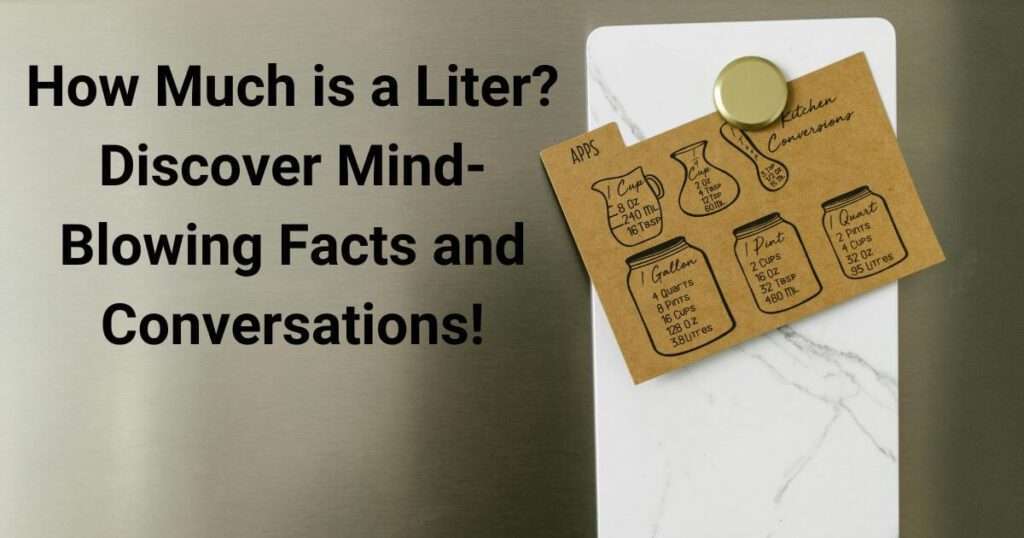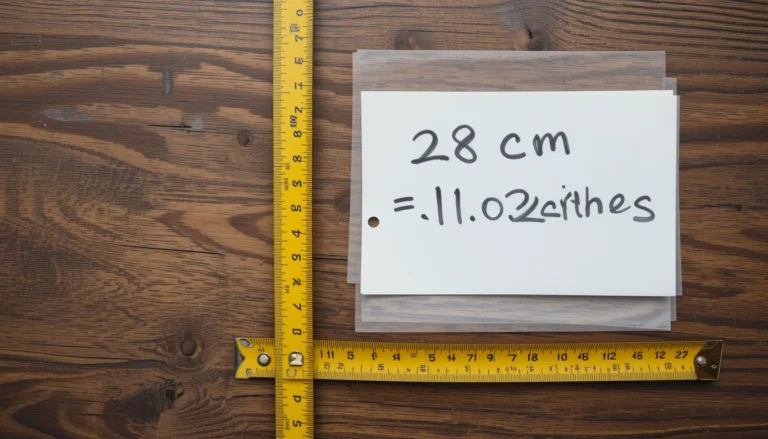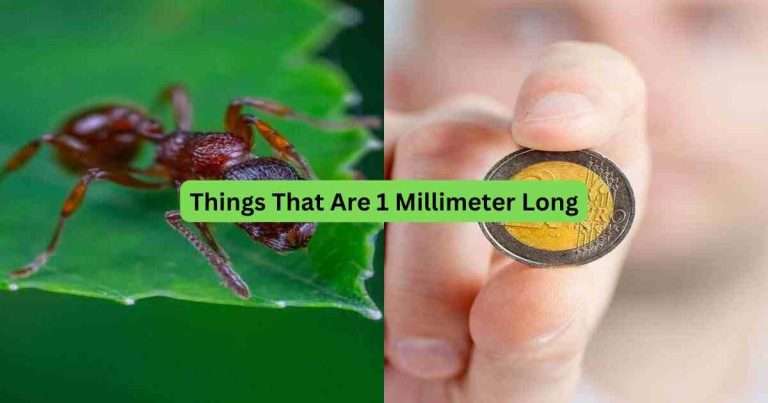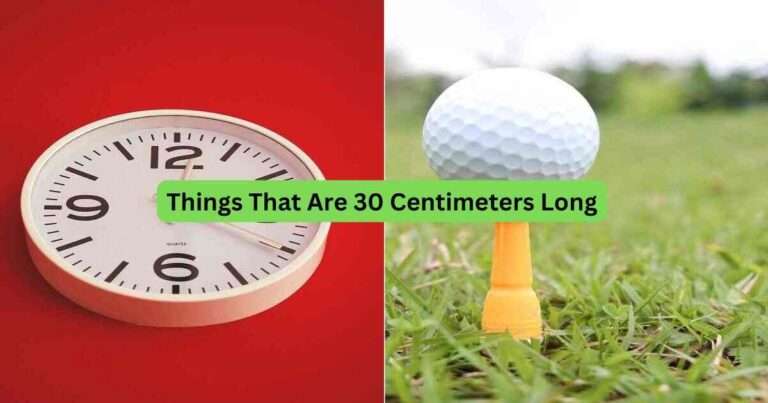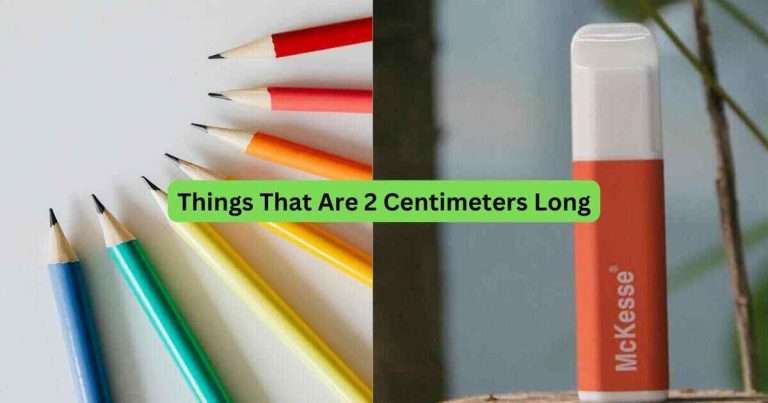A liter is a fundamental unit of measurement for volume in the metric system. Its simplicity and widespread usage make it a standard choice for measuring liquids and gases in everyday life, science, and industry. But what exactly is a liter, and how does it relate to other units of measurement? This article explores the history, significance, and practical conversions of the liter, answering common questions and providing key insights.
What is a Liter?
A liter (symbol: L or l) is a metric unit of volume. It is officially defined as the volume of a cube with 10-centimeter sides, equating to one cubic decimeter (1 dm³). This measurement has its roots in the French Revolution, where the metric system was introduced to establish a universal and rational standard for measurements. Originally derived from the volume of one kilogram of water at its maximum density (approximately 4°C), the liter offers a practical and reproducible measure.
Today, the liter is widely used across the globe, particularly in countries that have adopted the metric system. Its applications range from cooking and household tasks to scientific experiments and industrial processes.
What is the Value of a Liter?
A liter (L) is a fundamental metric unit of volume used widely in daily life and various fields. To comprehend how much a liter is, consider these comparisons:
- 1 liter equals 1,000 milliliters (mL) or 1,000 cubic centimeters (cc), making it easy to visualize in smaller measurements.
- In larger terms, it is 0.001 cubic meters (m³), showing its relevance in scientific and industrial settings.
To relate to everyday usage, 1 liter is approximately:
- 33.8 US fluid ounces or 35.2 UK fluid ounces.
- Roughly 4.23 US cups, 2.11 US pints, or 1.057 US quarts.
For an everyday visual reference, think of a liter as the size of a large soda bottle or a standard sports drink. It also represents the volume occupied by 1 kilogram of water at its maximum density, making it both practical and precise for measurement purposes.
Historical Context and Origin of Liter
The liter has its origins during the French Revolution in the late 18th century, a time when France sought to unify and standardize measurements. This led to the creation of the metric system, designed to replace inconsistent local measurement systems with a rational and universal standard. The term “liter” comes from the old French unit “litron” and the Greek word “litra,” which refers to a measure of weight or volume.
Initially, the liter was defined as the volume of one kilogram of pure water at 4°C, a simple and understandable standard that could be easily replicated. As scientific methods advanced, the definition was refined, and today the liter is officially recognized as one cubic decimeter (1 dm³), a more precise and universally accepted measurement. This evolution reflects the continuous refinement of measurement standards to enhance global consistency.
Conversions of a Liter
The liter (L) is a universal unit of volume, essential for understanding and comparing measurements in both the metric system and the imperial or U.S. customary systems. Here’s how a liter converts across these systems:
| Measurement | Conversion |
|---|---|
| 1 Liter | 1,000 Milliliters (mL) |
| 1 Liter | 1,000 Cubic Centimeters (cm³) |
| 1 Liter | 0.001 Cubic Meters (m³) |
| Measurement | Conversion |
|---|---|
| 1 Liter | 0.264172 Gallons (U.S.) |
| 1 Liter | 0.219969 Gallons (U.K.) |
| 1 Liter | 33.814 Fluid Ounces (U.S.) |
| 1 Liter | 35.195 Fluid Ounces (U.K.) |
| 1 Liter | 2.113376 Pints (U.S.) |
| 1 Liter | 1.759753 Pints (U.K.) |
| 1 Liter | 4.226753 Cups (U.S.) |
| 1 Liter | 67.628045 Tablespoons (U.S.) |
| 1 Liter | 202.884136 Teaspoons (U.S.) |
These conversions highlight the adaptability of the liter, ensuring seamless application across diverse fields such as cooking, science, and international commerce.
How Much Water is 1 Liter?
1 liter of water is equivalent to 33.81 fluid ounces (US). This makes it easy to compare with other common measurements of volume.
In the United States, ounces are more frequently used for measuring liquid volume, making this conversion quite useful in daily life. For context, 1 liter of water also equals about 0.26 gallons, showcasing its versatility when considering different systems of measurement.
One Liter is equal to How Many Glasses of Water?
Typically, a glass of water is considered to hold 8 ounces. Since 1 liter is equal to 32 ounces, we can calculate how many glasses that would make.
By dividing 32 ounces by the 8 ounces per glass, we get:
32 ÷ 8 = 4 glasses of water.
Therefore, 1 liter of water is equal to 4 glasses of water, based on the commonly used 8-ounce glass size. Keep in mind that glass sizes can vary, but this is the standard assumption used for most conversions.
Why is Understanding Liters Important?
Understanding liters is crucial due to their simplicity and adaptability in various contexts. As a metric unit, the liter follows the decimal system, making conversions and calculations straightforward. This makes it much easier to work with compared to the more complex imperial system. For example:
- Converting liters to milliliters is simple—just multiply by 1,000.
- Understanding liters also aids in bridging the gap between metric and imperial measurements, supporting better international communication and trade.
This simplicity is one of the reasons why the liter is used so widely around the world.
What is the use of liter in the workplace?
Everyday Uses
- Beverages: Commonly, bottles of water, soda, and milk are sold in liter or milliliter quantities, making it easy for consumers to purchase and use these products.
- Cooking: In recipes, ingredients are often listed in liters or milliliters to ensure accuracy and consistency.
- Fuel Measurement: In most countries, gasoline and diesel are measured in liters, simplifying fuel purchases and tracking.
Scientific and Industrial Applications
- Laboratory Work: Scientists rely on liters to measure liquids and gases in experiments, ensuring precision and consistency.
- Pharmaceuticals: The volume of medications is often given in milliliters (mL), a subdivision of the liter, which is crucial for accurate dosing.
- Manufacturing: In industries, liters are used to measure chemical solutions and raw materials, ensuring uniformity and quality in production.
The liter’s versatility across both daily life and specialized fields showcases its importance in global measurement systems.
Practical Examples of Liter Conversions
Fuel Economy
When comparing car fuel efficiencies, the liters per 100 kilometers (L/100km) metric is common in Europe, while the miles per gallon (mpg) unit is more frequently used in the U.S. Converting between these measurements is essential for cross-regional comparisons:
- 1 L/100km = 235.214 mpg (U.S.)
Cooking Measurements
In cooking, many recipes require converting between liters and smaller units like cups or teaspoons:
- 1 Liter = 4.226753 U.S. Cups
- 1 Liter = 202.884136 U.S. Teaspoons
Medical Dosages
In the medical field, accurate dosage measurements are crucial, and milliliters (mL) are commonly used:
- 1 Liter = 1,000 mL = 1,000,000 Microliters
Global Adoption of the Liter
The liter is widely used across metric system-adopting countries, which includes most of the world. Even in the U.S., where the imperial system prevails, liters are often seen on soft drinks, wines, and in scientific contexts. This dual usage highlights the liter as a bridge between different measurement systems.
Conclusion
The liter is a vital and flexible unit of measurement that makes volume conversions simpler. Its ability to adapt to both metric and imperial systems ensures it remains a critical tool in science, industry, and daily life. By understanding its conversions and practical uses, individuals are better equipped to navigate a world where accurate measurement plays a crucial role.
Frequently Asked Questions
1. How Many Milliliters are in a Liter?
There are 1,000 milliliters in a liter. This conversion is simple and follows the decimal system, where each unit is a power of ten.
2. How Many Liters are in a Gallon?
- 1 U.S. Gallon = 3.78541 Liters
- 1 U.K. Gallon = 4.54609 Liters
3. What is the Difference Between a Liter and a Quart?
A liter is slightly larger than a quart. Specifically, 1 liter is about 1.056688 U.S. quarts or 0.879876 U.K. quarts.
4. Can Liters Be Used for Measuring Solids?
Although liters are primarily used for measuring liquids and gases, they can also be used to measure solids with irregular shapes when expressed as volume (such as sand or gravel).
5. How Does Temperature Affect the Volume of a Liter?
Temperature can cause liquids to expand or contract. For example, water’s density is highest at 4°C, which is why the original definition of the liter was based on water at this temperature.

